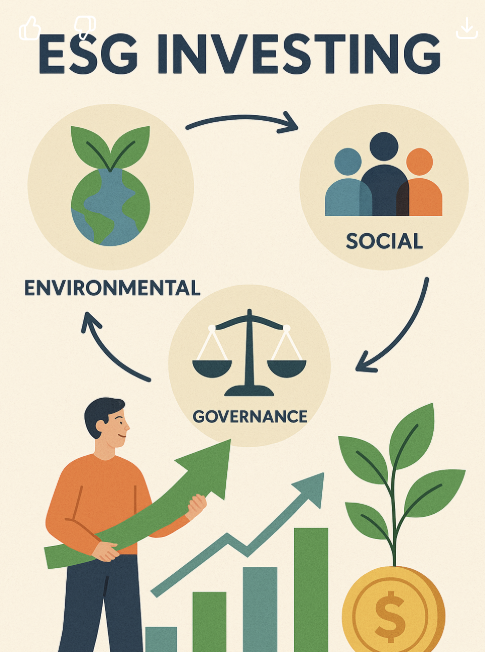Waste Incineration Versus Landfill: Which Should China Pursue?
J.W. Du
With the acceleration of urbanization in the last decade, the production of solid waste has shown a sharp increase in China. Facing huge amounts of waste, the Chinese government has pursued two main garbage disposal methods: landfill and waste incineration. In addition, the chemical explosion in Tianjin has further highlighted air and groundwater pollution, thereby focusing greater public attention on the problem of waste disposal.
In early 2004, China surpassed the U.S. to become the world’s biggest producer of waste. According to a 2012 report by the World Bank, the world’s total solid waste amounted to 1.3 billion tons, with the Asian-Pacific region producing 0.27 billion ton, of which 70% was attributable to China. In addition, China is estimated to produce 0.2 billion ton of waste annually, and this figure is expected to exceeded 0.23 billion ton by the end of 2020. These statistics clearly demonstrate the massive pressure on China to address is waste problem. As a result, the public has paid increasing attention to hidden dangers and potential damage from environmental issues.
Landfill has been a major garbage disposal method in recent years. By the end of 2013, there were 580 landfill sites in China for household waste, and these sites accounted for 61% of total waste in the country. The Chinese government plans to increase the number of these sites to more than 1,300 in the near future. This number reveals the important role the landfill option plays in daily life. Seepage prevention is a fundamental function of landfill sites as well as a vital measure of pollution control. If this function is compromised, then the site can contaminate nearby groundwater and soil. However, recent studies have shown considerable damage to impermeable layers at many landfill sites. The assessment shows an average of 34 holes per site. In particular, a 0.025 km2 site has an average of 185 holes. Among these holes, 35% have a diameter exceeding 10 cm, and 12%, 50 cm. Such large holes in the impermeable layer weakens the insulation against seepage, threatening the surrounding environment. In fact, a majority of landfill sites have already lost its ability to prevent seepage and thus release organic pollutants in high concentrations into soil and groundwater. The problem is that it is of very difficult to find underground pollution and restore contaminated water. It is clear that this situation is not caused by any single factor. A lack of protection measures for seepage-prevention layers, standardized designs, close supervision, and effective regulation, among others, can be said to be an integral part of this serious problem.
Waste incineration is not yet as prevalent as landfill in China but it has the potential to expand. At present, 8 billion tons of household waste is being stored, taking up almost 540 km2 of land. Here waste incineration has an advantage in reducing the size of storage as well as land. If the landfill option is continued, then at least 0.3 km2 of land is expected to be assigned annually to waste storage. On the other hand, waste incineration is considered as a mature technology, and power plants based on waste incineration may replace landfill sites because of the former generally have a much smaller footprint. However, the public’s objections has limited the expansion of the waste incineration option. Many uninformed residents tend to think that such power plants would release fatal pollutants. However, researchers claim that many developed countries have adopted this method and that there is no evidence supporting the release of fatal pollutants by waste incineration. In fact, waste incineration is a popular and generally accepted method of waste disposal. More importantly, power plants can not only reduce waste but also help save energy. By the end of 2014, there were 178 waste incineration power plants in China, and 2015 is expected to be a turning point because more than 300 new power plants are slated to be completed.
This provides a good opportunity to prove that waste incineration can not only reduce waste but also be a sustainable source of energy for China’s future.






